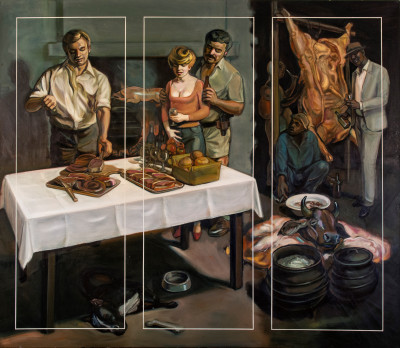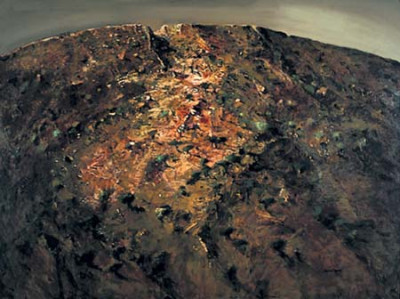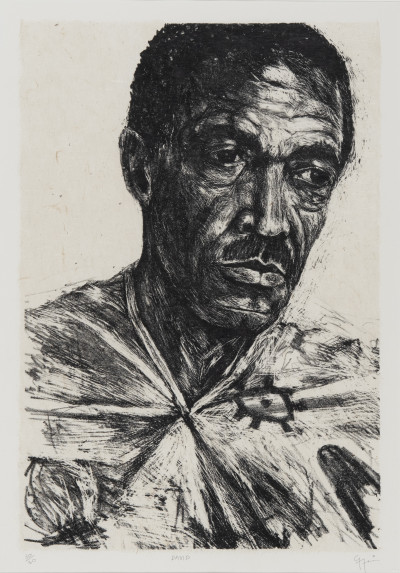
June 10, 2023 - July 07, 2023
274 Preller Street, Muckleneuk, Pretoria, South
Curated by Dr Daniel Mosako and Prof Nombeko Mpako, the exhibition Reimagining The Archives And Artistic Reflection, Recording, And Appraising Unisa’s Existence coincides with the University of South Africa’s (UNISA) sesquicentennial commemoration that marks the institution’s existence over three different phases. These phases are related to the socio-political issues that characterised the UNISA Art Collection, and its Archives. This exhibition focusses on the representation of various political dispensations namely, the colonial, apartheid, and the new democratic dispensation. The choice of exhibits and their value chain for this exhibition is ideal, as UNISA’s existence cuts across the highlighted political eras. The exhibits are selected and lined up from the UNISA art collection, archives, and special collections to reference social and educational issues that epitomise the 15 decades of political landscape in South Africa. The years are categorised as follows: 1873 when UNISA was established to 1961 when the department of History of Art and Fine Art was founded up to 1985 when the UNISA Art gallery was established with already a significant art collection. The second period will be from the establishment of the art gallery in 1985 looking at both the archives and art collection up until 2011 when Unisa Gallery celebrated 50 years of its existence. The third period is from 2011 to 2022 which is marked by several educational and democratic changes including the staff and students’ protests. The exhibition does not showcase everything from the art collection and archives, but samples and a footprint that led to the establishment of UNISA as the largest correspondence and now the open distance education university in the Africa continent.
The objective of the exhibition is to reflect on the influential socio-political issues which resulted in the modelling of the institution’s timelines highlighting some gaps within the collections. Therefore, the research which led to this exhibition, calls for the redress of these gaps. The acquisition policy’s objectives have remained fairly the same with insignificant changes however, the changes in management, operational issues as well as the departmental acquisition and gallery board committees somehow influence what is being collected. Therefore, the exhibition looks at redressing glaring gaps that may misrepresent the colourful history of UNISA’s existence due to omitting pertinent aspects which driven by socio-political concerns and issues.













